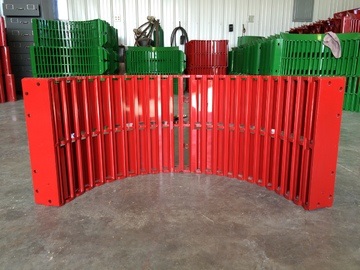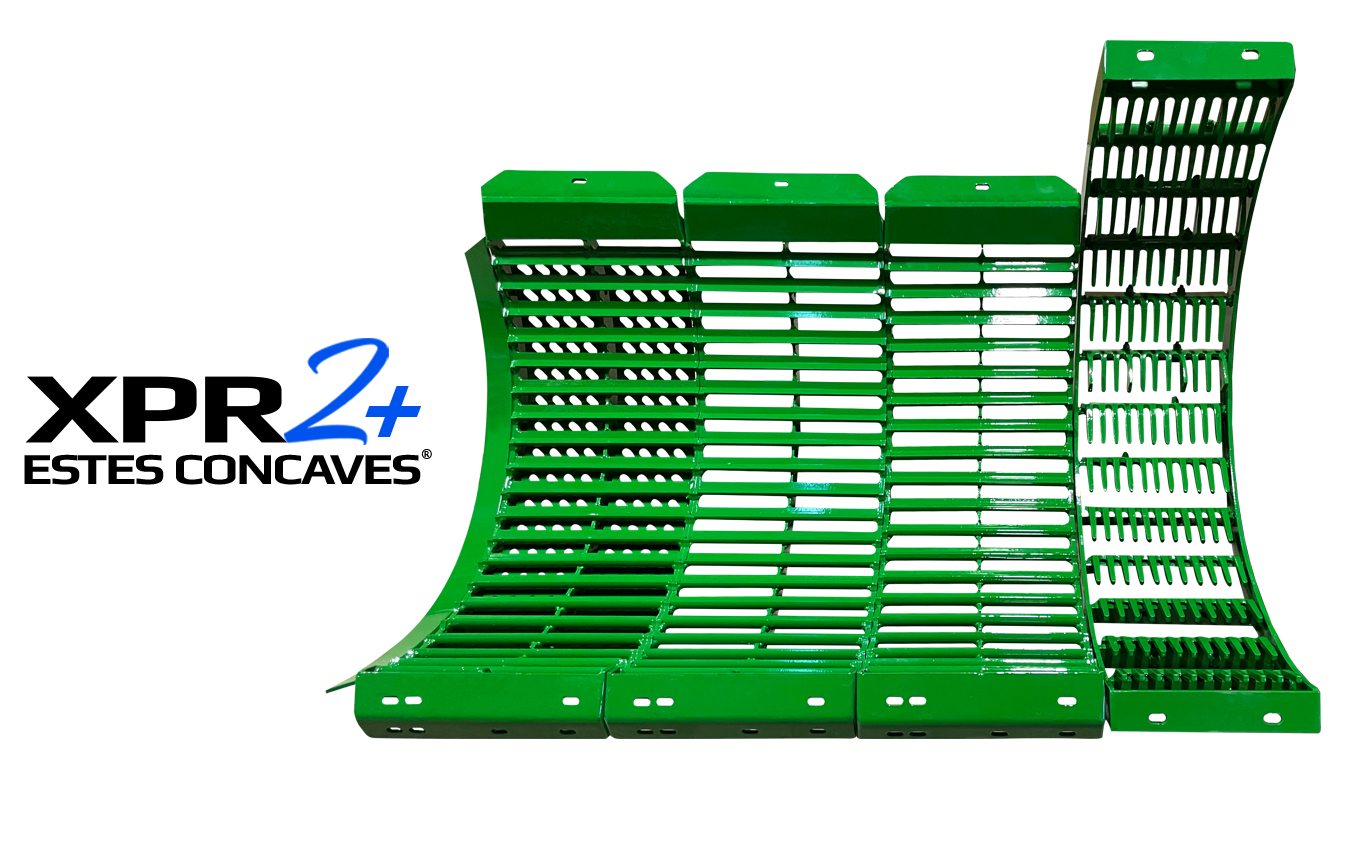Estes performance concaves stop rotor loss and grain damage, which increases the harvesting efficiency by 30%. There are separate settings for each crop and when you use combine concaves for peas make sure the upper pods are 30% ripe and turning yellow. Peas ripen from the bottom upwards, meaning when the middle 40% are yellow colored and the top 30% is fully yellow, the bottom 30% is ripe enough to harvest. You should harvest green peas at a moisture content of 18%. Then, air-dry it until the moisture drops to 13%.
Wait for the Right Time

If you harvest too early, you get immature seeds in the sample leading to downgrading. And if you wait too long, the pods will shatter. When used for human consumption, you can have 2% bleach. Most farmers use bleach to ripen the peas when they reach maturity. The vein pattern of 75-90% of the uppermost pods will turn yellow. Swathing or desiccation speeds up the harvesting process and prevents shattering. But the damage from winds remains when harvesting using combine concaves for peas. You can also leave the peas to straight cut without desiccation.
Adjust to Avoid Damages
Many damages occur in crops. If they are excessive, it could cause the crop not meeting the food-grade standards. High humidity, along with warm temperatures, and bright sunshine causes bleaching in peas. Because of this, one must not delay the harvest too much. The setting of the combine concaves for peas should allow for the easy passage of peas by increasing the size of the openings and using slow cylinder speeds.
Check for Seed Loss
Most of the seed loss occurs when the seeds go over the straw walkers. You can make this loss negligible by setting the concave closer to the front than to the back to dislodge the seed from the straw. If you find the straw tough, try increasing the speed of the cylinder. But if you have a loss of 2-3 bushels in one acre when using the combine concaves for peas, it is better to wait until the straw is dry. One important change you can make is to choose a flex header.
Adjust the Header
The flex header floats along the soil surface. The header of the combine concaves for peas follows the contours of the ground so the peas get cut low to the ground. You must make sure you are not putting any soil into the combine, so adjust the settings to prevent this from happening. You can make sure the cutting sections are sharp by keeping the ground speed up. Also, select a large wire concave.
Find Your Seed Loss
Increase the wind speed in the combine concaves for peas to remove the inert material as much as possible. The peas will not blow over easily. Set the threshing speed between 300 and 400 rpm to improve the passage of the peas into the cleaning area. Increase the clearance as this will remove the peas in the first pass and allow them to drop out soon. Check for loss as four peas per square foot is one bushel per acre. If the loss is high, adjust your cutting height or reel speed.

